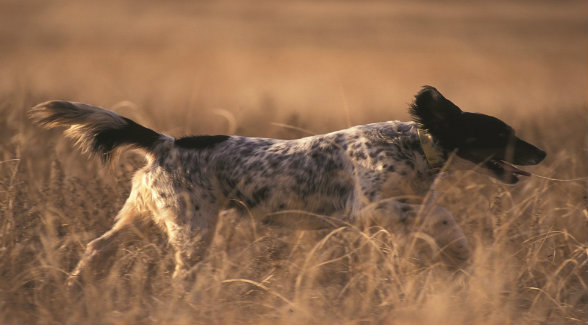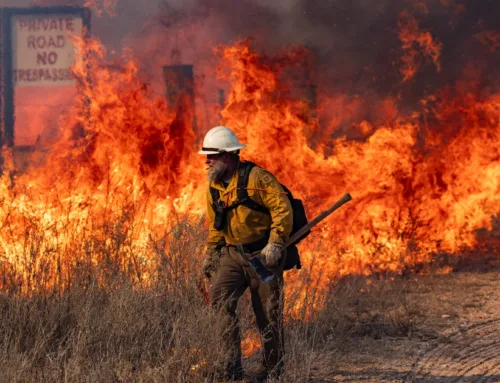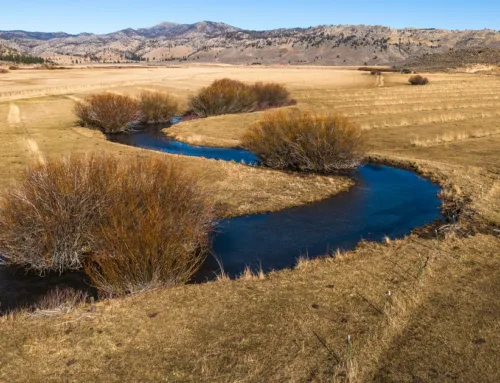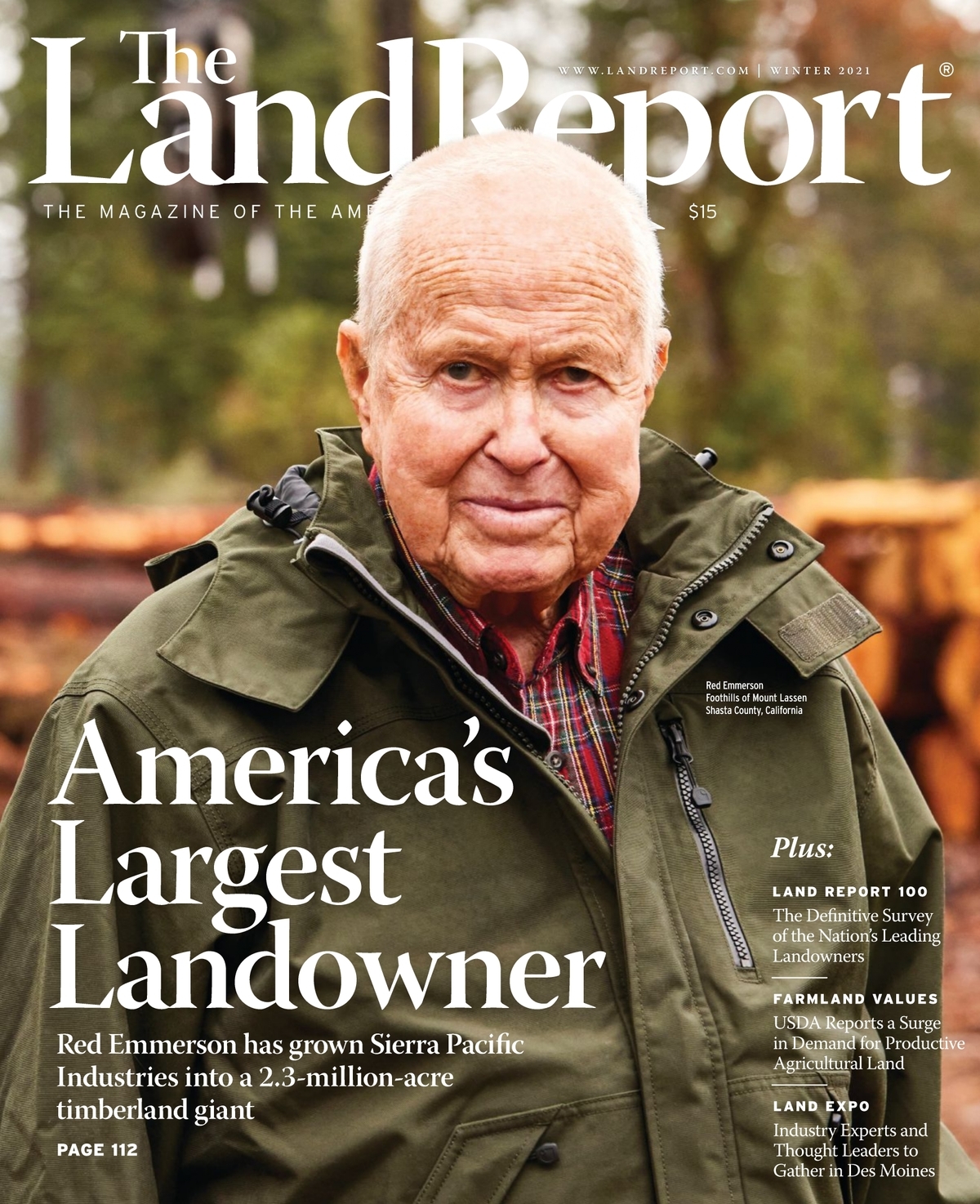Land's Best Friend: The English Setter
Land's Best Friend: The English Setter
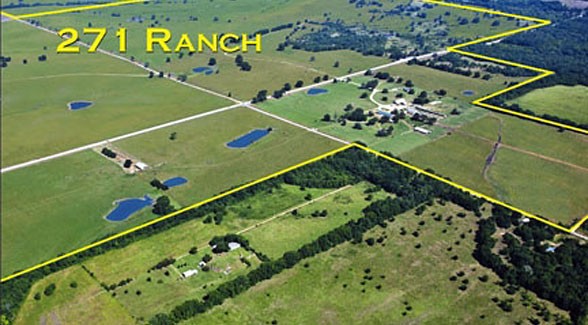
271ranch-lg
This Brit is a natural in all respects.
More than one pointer aficionado has told me, “I’m a pointer man forever, but the best all-around shooting dog I ever saw was an English setter.”
This breed most likely developed from various land spaniels common in Europe in the late 14th century. Some historians credit the crossbreeding of the Spanish pointer, the water spaniel, and the springer spaniel as the source. Regardless, setters came by their name honestly, crouching on their bellies or “setting” as soon as they located game. Gradually, as firearms replaced the net as the bird hunter’s tool of choice, selective breeding raised the setter’s crouch to the rigid stance we now call a point.
In 1825, an Englishmen named Edward Laverack established a line-breeding program that produced a tall, big-boned, heavy-headed, well-feathered setter type favored in the show ring. Half a century later, R.L. Purcell Llewellin bred a pair of Laverack dogs to smaller setters from northern England.
It was these dogs — the lighter, more athletic decedents of Llewellin’s — that form the foundation of the modern field setter. The modern English setter has all the class of the best pointers, and its beauty is unsurpassed. Although the setter is most associated with bobwhite quail, those bred from close-working lines are also popular with woodcock and grouse hunters. True to their spaniel heritage, most well-bred setter pups are natural retrievers.
Do:
- Start your pup play-fetching by 8-10 weeks of age.
- Make your setter a member of the family.
Don’t:
- Rush or pressure your pup. Setters mature more slowly than pointers.
- Use harsh training methods. Setters tend to be sensitive.
Download the digital version of The Land Report’s Winter 2012 magazine.

